Female Empowerment in China, Then and Now:
The Case of Tanci Fiction
Prof. Wenting Ji
Assistant Professor of Chinese Language
Language and Cultural Center
In the latest Global Leaders’ Meeting on Women held in Beijing this year from Oct. 13 to 14, gender issues have been addressed in terms of several repeated themes, such as gender equality and equity, family responsibility, women’s well-rounded development—just to name a few. These topics likely sound familiar to contemporary audiences, as women have been placed in an inferior position throughout much of human history, yet the struggle for female empowerment has been a persistent feature of modern society. Hence the question arises: Why are we still advocating for the same goals and why are they so difficult to achieve?
We may not have answers to these questions, but a look back into the Chinese literature and history, especially the late imperial time, could give us some insights. Understanding how traditional Chinese context addressed these issues could inform us about what we can take for reference in this day and age, especially for a modern liberal arts college like DKU where female students take up more than half of the student body.
While the conventional image of women living in premodern Chinese society is often portrayed to be dull and depressing with all sorts of physical and mental restrictions, such as the practice of footbinding and the imposed Three Followings and Four Virtues, the situation is more diverse if we look closer into individual cases. With all these constraints, or in some cases exactly because of these limitations, late imperial Chinese women developed their own way of learning, thinking, writing, and approaching the world. These historical efforts are worth our attention not in the sense of complementing the mainstream male-dominant discourse but as independent achievements that foreground female autonomy.
Regarding this, late imperial Chinese women’s writing in the specific genre of tanci must not be neglected. In the world of literature, alongside the maturing of vernacular novels which are thought to be authored by male literati, late imperial women also started to read, write, and circulate another literary genre, tanci, literally translated as “plucking rhythms.” Closely tied to the oral tradition of chantefable, tanci usually patiently takes its time to unfold a very lengthy story with both short narrative paragraphs and rhymed couplets. Exemplary works include Destiny by a Jade Bracelet, Destiny of Rebirth, The Flowery Brush, and much more. While the stories in tanci often tend to be romantic love stories that focus on domestic affairs, their world building can be vast and complex as a good combination of reality and fantasy. We may consider these works to be women’s attempt to carve out their own way of expression in a world that traditionally only values male literary achievement in poetry and essays. The ecosystem of tanci being “by the women, for the women, and of the women” points out several perspectives we can resort to when enquiring into the real concerns and resolutions of women’s development in today’s classrooms.
Creating Another World
The fictional world of tanci is often characterized to have strong female protagonists, who are active in both domestic and societal realms. The world building unfolds on a vast scale, both geographically and temporally, elaborated in well-crafted rhymed language. With all these features, tanci builds a female literary canon which deviates from male literary tradition and sets its own models. This indicates the capability of female authors and their strategy of consciously maneuvering their way in a society that did not appear to be fully supportive of their talents.
The most attractive feature of tanci fiction is their distinctively powerful female characters. They are most of the time superwomen and the ideal projections for the audience. In Destiny of Rebirth, one female character Huangfu Changhua is depicted to be good at both literature and martial arts, and her military talent even surpasses her twin brother; another female character Meng Lijun is not only so talented as to win the first place in the imperial examinations and become a successful minister, but also masters medical knowledge that eventually stabilizes her status in the imperial court. These different skill sets, including literature, martial arts, governing, and medical skills, are the ideal indication of well-rounded development in the late imperial time. Admittedly, in the context of the story, the female character needs to cross-dress as a male to be qualified to enter the officialdom, which made the whole narrative of the perfect women’s adventure more or less like a fantasy. But these imaginations still imply the unstoppable growing power of women and point to women’s strong desire to thrive in all kinds of careers.
In terms of its world building, tanci fiction surprisingly present the depth and breadth of knowledge of its female authors. In Destiny of Rebirth, the story is not limited to the domestic space, which traditionally was thought to be the designated active realm for gentry women, but expands in the entire empire from Yunnan to Beijing, and even into battlefields as far as the Chosǒn dynasty (now Korea). This fictional geographic map is possibly tied to the author’s own experience travelling with her father rotating between different positions. It also indicates the curiosity, horizon, and ambition of a young woman that grew beyond restraints. Another aspect of tanci’s extraordinary world building lies in its unique use of language: for a book with 80 to more than 100 chapters, most dramatic scenes, surrounding environment, characters’ dialogues and emotions are written in rhymed couplets. This not only makes writing tanci linguistically difficult but also gives the story a specific gradual pace and a unique lingering taste.
The presence of powerful and versatile female protagonists—active across a broad scope of the empire and depicted in a poetic, rhymed style—sets tanci fiction apart from the male dominated vernacular novel tradition and creates a category of its own. Tanci fiction therefore situate itself as a significant component in the female literary canon. As indicated by the introduction of some of the chapters, as well as scholar Hu Siao-chen’s monograph title “Burning the Midnight Oil,” writing was not considered a priority compared with other womanly work like weaving or embroidery, so women would sacrifice their sleep to squeeze out time to write these lengthy stories. This is on the one hand sympathetic, while on the other hand proves the unusual resilience and dedication of female authors.
If the way these late imperial Chinese female authors built their fictional tanci world tells us anything, the first and foremost lesson is to trust and be confident in female capability and creativity. These remarkable stories have proven the heights women can and are willing to achieve. Besides, it is clear that women need their own narrative. It is always worth building a stage for women to tell their own stories, for it is on such stages that new worlds are imagined and old ones are redefined.
Bonding by Female Companionship
One more feature of tanci fiction lies on its intention of writing for female readership. This is significant in terms of addressing the issue of female companionship that shapes the entire genre’s creation and circulation. In the story, female education is often revealed not through typical textbook-based teaching but in women’s daily conversations and other activities. Outside of the story, the purpose for women to write tanci fiction is to serve other female readers and participate in the female community. Furthermore, depictions of female-exclusive experience in the story help raise resonance from women in and outside of the story and solidifies the female bonding. In this sense, tanci fiction is an example of a female-to-female tradition, which highlights the exceptional weight of female companionship.
Female education, or to speak in a broader sense, how a woman becomes a woman, is an inevitable and significant topic in tanci fiction centering on female protagonists. While these female protagonists often receive a certain level of tutoring similar to their brothers, because textbooks and private tutoring are designed with male literati and the career path of becoming a Confucian scholar-official in mind, female characters will still use, if not totally rely on, other forms of learning to complete personal development. Women in the higher status of the family hierarchy will undertake the responsibility of instructor and become a significant source of learning. From mother to daughter, from older sister to younger sister, and from young miss to her maids, not only do all sorts of knowledge from female virtue to daily communication skills naturally transmit between them, but women are also consciously or unconsciously setting themselves as models for the young generation of women to follow. Within the increasingly strict boundaries between the inner and outer chambers in the late imperial period, this female-centric network of kinship and friendship became the primary conduit for a young woman’s education.
Outside of the story itself, we can also spot traces of this kind of model-based teaching and learning in the female authorship of tanci fiction. Intriguingly, tanci is a responsive genre in terms of its creation. Many famous tanci works are written exactly in response to a previous work: for example, Destiny of Rebirth is a sequel to revise the unideal ending of Destiny by a Jade Bracelet, while The Flowery Brush is inspired by the unsatisfactory endings of female characters in Destiny of Rebirth. These female authors may or may not met each other in their lives, but they together participated in this female reading and writing community where they could contribute their talent. Also, the habit of mentioning their current real-life status at the beginning or the end of some of the chapters helps reveal the first-hand experience of female authors. In the case of Destiny of Rebirth, the author mentioned specifically that she learned the skills of writing tanci from her mother, and she wrote this fiction to please her mother and her female friends. Regarding the fact that her grandfather in charge of the family once openly stated his objection to female writing tanci and claimed them as a waste of time, it is reasonable to speculate that her mother was protective of her daughter’s literary talent and that writing tanci in the female community would probably generate a strong sense of pride that outweighed the patriarchal judgement.
Furthermore, the depictions of various kinds of female-exclusive experience in the story naturally raise echoes from women in and outside of the story and help solidify the female bonding. The most powerful example is the depiction of footbinding, a practice exclusive to gentry women that mainly relied on oral tradition to pass down. Instead of regarding it as a mere erotic symbol, tanci fiction focuses on the haptic feeling of physical pain that is associated with this practice, and calls for mutual female sympathy, understanding, and appreciation. Another aspect is related to the painful struggle between multiple social roles. Meng Lijun, the female protagonist in Destiny of Rebirth, is stuck in the situation of the impossible balance between being a daughter, a wife, and a minister that requires a permanent disguise as a male. Her mother treats her refusal to change back to female garb as a betrayal and blames her for abandoning the parents for the sake of honor and fame. These concerns hit right at the ultimate dilemma of the mother-daughter relationship and call for a collective rethinking and reflection on women’s identities.
The significance of female companionship demonstrated in the tanci fictions speaks to some of the core features of female communities that persist to this day. In today’s classroom dynamics, for instance, it is not hard to observe that female students tend to form close-knit groups and engage more readily with their female peers. On the one hand, building on this tradition of female education that happened outside of the textbook and between themselves, it would be beneficial to create more opportunities for peer learning to take advantage of its effectiveness within the female community. On the other hand, it may also be worth deliberately encouraging cross-gender conversations to spark new thoughts and help prevent the intellectual isolation that often arises when discussing complex issues like identity dilemma.
The enduring legacy of tanci fiction offers a powerful reminder that the pursuit of female empowerment is not a modern invention but a long-standing tradition. From the secluded chambers of late imperial China to the global stages of today, the core aspirations remain strikingly familiar: the need for self-determined narratives, the unyielding confidence in female capability, and the strength drawn from female communities. As we continue the conversations started at this Global Leaders’ Meeting on Women, the story of tanci encourages us to look both forward and back—to learn from the creative resilience of the past as we build more inclusive and equitable frameworks for the future. These tanci fictions, together with their authors and the historical background in which they developed, continues to inspire us as readers and as educators, reminding us that when women tell their own stories, they do not just imagine new worlds; they lay the foundation to build them.




